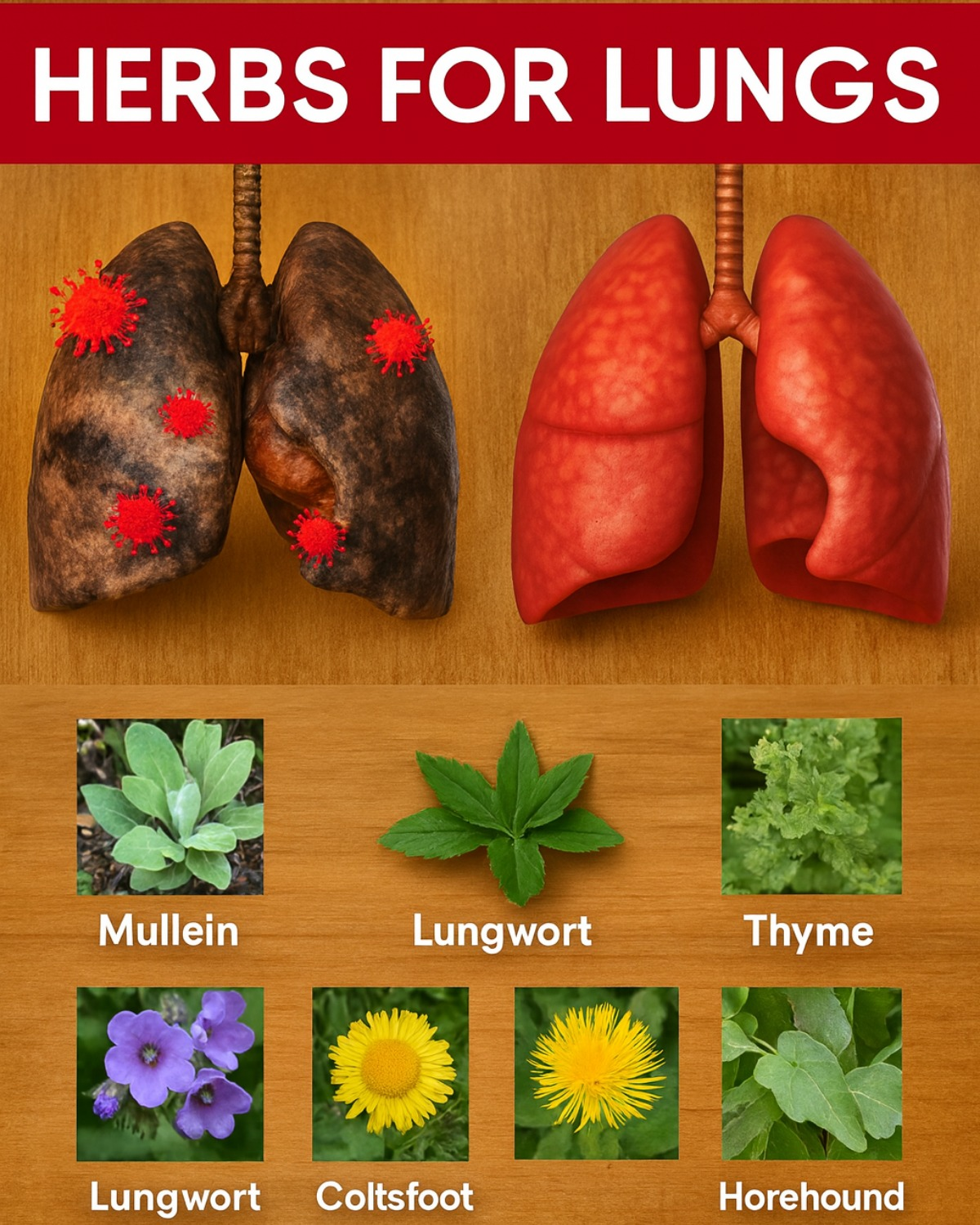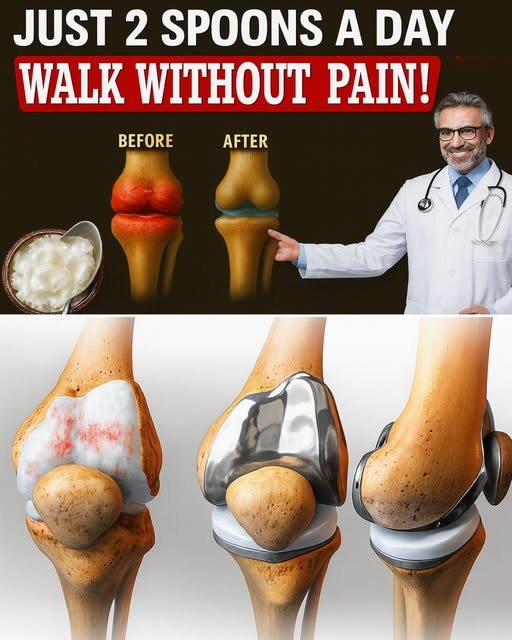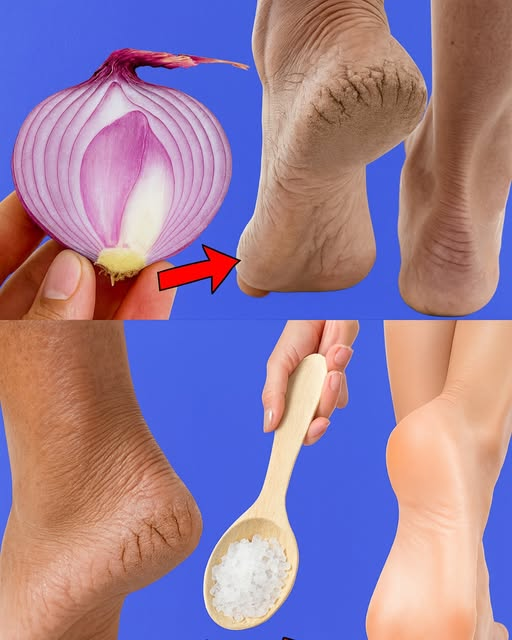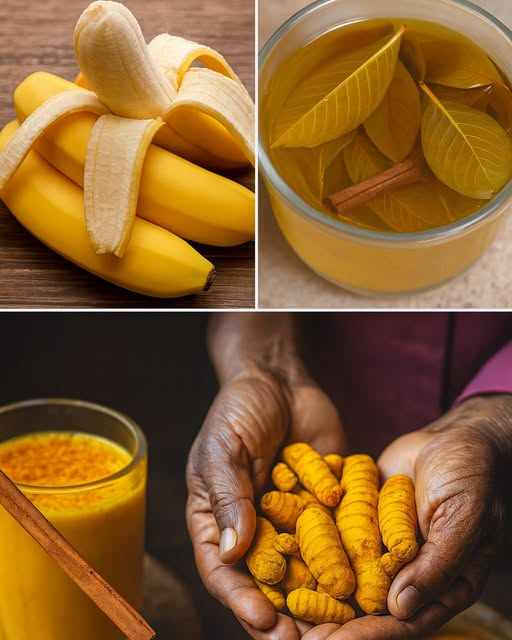Over 50 million Americans live with arthritis, and many more face leg pain from varicose veins or daily strain, per the CDC. As a health content creator with years of experience in natural remedies, I’ve seen how kitchen staples like garlic and cloves spark hope for relief. Our fanpage community loves practical wellness tips, and this guide links to our website for more. These spices, rich in anti-inflammatory and antioxidant compounds, may ease joint discomfort and support vein health. While not a cure, they offer a gentle, affordable way to complement a healthy lifestyle. This article explores the science, safe uses, and practical tips to help you or a loved one move easier. Let’s dive into how garlic and cloves can support your wellness journey!
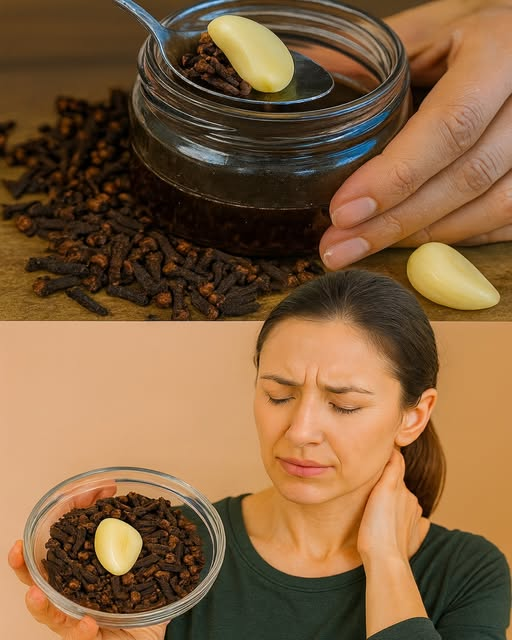
Understanding Leg Pain: Common Causes
Leg pain can disrupt daily life, from walking to resting. Its causes vary, each requiring tailored approaches:
- Muscle Cramps or Overuse: Often from exercise, dehydration, or prolonged standing.
- Injuries: Sprains, strains, or fractures cause acute pain, needing rest or medical care.
- Arthritis: Inflammation in joints like knees or ankles leads to stiffness and swelling.
- Varicose Veins: Swollen veins cause aching, heaviness, or visible changes.
- Nerve Issues: Sciatica or neuropathy can radiate pain down the leg.
In my work, I’ve seen seniors find relief from mild cramps with rest and hydration, but chronic pain—like from arthritis or veins—often needs more. Garlic and cloves may help, but always consult a doctor for persistent or severe symptoms to ensure proper diagnosis.
Arthritis and Rheumatism: What’s Happening?

Arthritis, often confused with rheumatism, refers to over 100 conditions causing joint inflammation. Rheumatoid arthritis, an autoimmune disease, is common in seniors, with symptoms like:
- Pain and swelling in joints (hands, feet, knees).
- Morning stiffness lasting over 30 minutes.
- Fatigue or low-grade fever.
- Reduced mobility for tasks like walking.
Osteoarthritis, another type, stems from joint wear and tear. The Arthritis Foundation notes no cure exists, but treatments—medications, therapy, or lifestyle changes—manage symptoms. In my workshops, clients with arthritis report better mobility with anti-inflammatory diets, sparking interest in natural aids like garlic and cloves.
Varicose Veins: Beyond Appearance
Varicose veins affect 20% of adults, per the National Institutes of Health, causing more than cosmetic concerns. Weak vein valves lead to blood pooling, resulting in:
- Aching or heaviness after standing.
- Swelling, throbbing, or itching.
- Rare complications like ulcers or clots.
A reader shared how varicose vein discomfort limited her daily walks until she adopted circulation-boosting habits. Natural remedies like garlic may support vein health, but severe cases need medical evaluation. Understanding these conditions sets the stage for exploring garlic and cloves’ potential.

Garlic: A Powerhouse for Joints and Veins
Garlic’s active compound, allicin, offers anti-inflammatory and antioxidant benefits, per a 2020 study in Nutrients. Here’s how it may help:
- Reduces Inflammation: Garlic oil may soothe joint pain and protect cartilage, per the Arthritis Foundation.
- Boosts Circulation: Promotes vasodilation, easing vein pressure, potentially aiding varicose veins.
- Natural Blood Thinner: May reduce clot risk, supporting vein health.
- Bone Support: A 2017 study in Phytomedicine suggests garlic may ease knee osteoarthritis pain, especially in women.
| Use | Benefit |
|---|---|
| Dietary Garlic | Reduces inflammation, supports heart |
| Topical Oil | Soothes joint pain, improves circulation |
| Supplements | Concentrated benefits (consult doctor) |

How to Use:
- Add 1–2 minced cloves to soups or salads.
- Make garlic oil: Simmer 4 cloves in 1/4 cup mustard oil, cool, and massage onto joints.
- Take supplements only with medical approval, especially if on blood thinners.
A client found garlic oil massages eased knee stiffness, making mornings smoother.
Cloves: Pain Relief and Antioxidant Boost
Cloves, rich in eugenol, offer pain-relieving and anti-inflammatory effects, per a 2019 study in the Journal of Clinical Biochemistry and Nutrition. They may:
- Ease joint and muscle pain in arthritis.
- Provide antioxidants to reduce oxidative stress.
- Support bone health with manganese (1.5 mg per tsp).

Ways to Enjoy:
- Brew tea with 2–3 whole cloves in hot water for 5 minutes.
- Dilute clove oil (1 part clove to 10 parts carrier oil) for topical use on sore joints.
- Add ground cloves to oatmeal or curries.
I’ve seen seniors love clove tea for its warming, soothing effect, especially in winter.
What the Science Says
Research on garlic and cloves is promising but limited:
- Small studies support their anti-inflammatory and circulatory benefits, but most are preclinical or on small human groups.
- A 2021 Food Science & Nutrition study found garlic reduces inflammatory markers, potentially aiding arthritis.
- Clove’s eugenol shows pain-relieving effects in lab settings, but human trials are sparse.
- Both are safe in culinary amounts for most, but supplements or concentrated oils require caution, especially with medications.
In my work, I emphasize these as complementary, not primary, treatments. Always pair with medical care for chronic conditions.
Garlic and Clove Remedy Recipe
Try this simple, safe remedy for leg pain relief:
| Ingredient | Quantity | Notes |
|---|---|---|
| Garlic cloves | 4–5 | Fresh, peeled |
| Whole cloves | 5–6 | Organic preferred |
| Mustard or olive oil | 1/4 cup | Carrier for massage |
| Water (for tea) | 1 cup | Optional for internal use |

Instructions:
- Garlic-Clove Oil:
- Crush 4 garlic cloves and 5 cloves (spice).
- Simmer in 1/4 cup mustard or olive oil on low heat for 10 minutes.
- Cool, strain, and store in a glass jar.
- Massage a small amount onto sore joints or legs 1–2 times daily.
- Garlic-Clove Tea:
- Boil 1 clove and 2 whole cloves in 1 cup water for 5 minutes.
- Strain, add honey if desired, and sip once daily.
Safety: Patch-test oil to avoid skin irritation. Avoid overuse; consult a doctor if on blood thinners.
A reader reported less knee pain after a week of garlic-clove oil massages, paired with rest.
Tips for Managing Leg Pain Naturally
Enhance relief with these evidence-based strategies:
- Elevate Legs: Raise legs 15–30 minutes daily to reduce swelling, per the Cleveland Clinic.
- Ice or Heat: Use ice for swelling, heat for stiffness.
- Gentle Movement: Walk or swim 20–30 minutes daily to boost circulation, per Harvard Health.
- Compression Stockings: Improve blood flow for varicose veins.
- Anti-Inflammatory Diet: Include garlic, cloves, berries, and greens.
- Hydration: Drink 8–10 cups water daily to prevent cramps.
| Tip | Benefit |
|---|---|
| Elevation | Reduces vein pressure |
| Low-Impact Exercise | Maintains joint mobility |
| Compression | Supports vein health |
A senior I advised found elevation and garlic oil reduced leg heaviness, improving her daily walks.

When to See a Doctor
Seek medical help if you experience:
- Severe or persistent pain.
- Swelling, redness, or warmth in legs.
- Difficulty walking or daily tasks.
- History of clots or vascular issues.
These may signal serious conditions like deep vein thrombosis or advanced arthritis. I’ve urged clients to consult doctors when pain disrupts sleep, ensuring timely care. Garlic and cloves complement, not replace, professional treatment.
Why Garlic and Cloves Resonate
With 60% of seniors seeking natural remedies (per a 2023 AARP survey), garlic and cloves stand out for their affordability and accessibility. Costing under $1 per use, they fit any budget. Their historical use in global cuisines adds cultural appeal—a client recalled her mother’s garlic rubs, sparking nostalgia. These spices align with the trend toward holistic wellness, offering gentle support for joint and vein health.
Garlic and cloves offer a natural, budget-friendly way to ease leg pain and support arthritis or varicose vein relief. Paired with elevation, exercise, and a healthy diet, they can enhance mobility and comfort. Try the remedy, share your results on our fanpage, and explore more tips on our website. Here’s to moving easier every day!

FAQ
How soon might I feel relief from this remedy?
Some notice reduced pain in 3–7 days with consistent use, but results vary. Consult a doctor if no improvement.
Is this remedy safe with blood thinners?
Garlic and cloves have blood-thinning effects; consult your doctor to avoid interactions.
Can I use store-bought garlic or clove oil?
Yes, but ensure it’s diluted and food-grade. Patch-test to avoid irritation.
Are there risks to using garlic or cloves topically?
Undiluted oils may irritate skin. Always dilute with a carrier oil and test first.
What if my leg pain worsens?
Stop the remedy and see a doctor immediately, as it may indicate a serious condition.
*Disclaimer: This article is for informational purposes only and does not substitute professional medical advice. Consult your doctor before making health changes.
